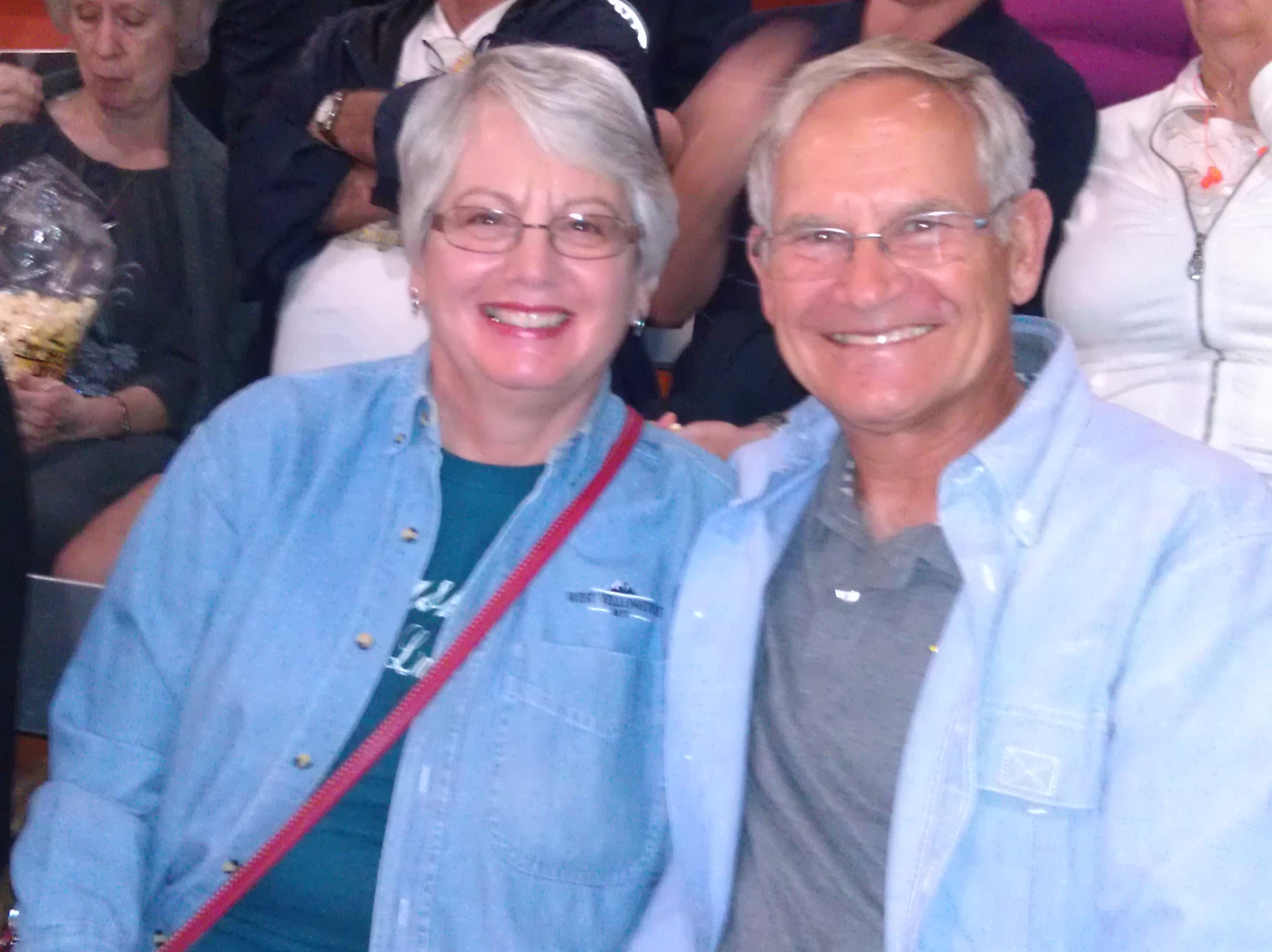Our next goal was to camp in Connecticut and Rhode Island to check them off our list of states in which we hadn’t camped yet. We chose to stay at the Seaport RV Park in Connecticut without really knowing what there was to do in the area. 
The RV park is named after the biggest attraction in the area – Mystic Seaport. This is like the Greenfield Village of New England! They have recreated the historic seaport town of Mystic. Some of the buildings are original buildings, restored on site, others have been moved from other locations and restored, while others have been rebuilt from the ground up.
One of the first ships I spotted when we walked in was a Viking long ship. This was the same kind of ship that my Norwegian Viking ancestors used when they landed on the Western hemisphere, long before Christopher Columbus.
Staff, volunteer docents, and role-players described and demonstrated the maritime skills of the sailors that manned the whaling ships that called this port home. It was enlightening to see how they manned and used the whale boats. I never knew that they literally rode right up onto the backs of the whales to harpoon them. I was in awe of the bravery of these men as I pictured them hunting the whale. On the restored whaler, the Charles W. Morgan, we watched Mystic Seaport staff aloft in the rigging setting the sails, and we had the opportunity to help to raise the sail yards.
The only difference between the original whalers and these re-enactors was the safety harnesses worn today. In the village green, another docent entertained the children with the “Music of the Sea and Shore.”
As we toured the various buildings and shops we saw how the people of Mystic worked and lived. We saw the bank, the chandlery where they sold new and used supplies for the ships, and the cooperage where they made rope from strands of hemp.
In the print shop, the guide showed us how they laid out the letters backwards and then upside down to make the printing plate. Can you imagine how long it would take to lay out and print 100 copies of a two page newspaper, printed back to back?
Not only does the Mystic Seaport display ships and artifacts of the past, but they rebuild them. They have a complete shipyard where they refurbish and rebuild ships, using the shipwright skills of the 1800s. We saw how they rebuilt the Charles W. Morgan and prepared her for her 38th voyage. I was again amazed at the technology that went into each ship. For example to get added strength, they would use the part of the tree where branches joined the main trunk to create “knees.” These knees would join vertical and horizontal pieces together. They cut the planks for the ships from trees brought into the shipyard. We watched as the trees were cut into dimension lumber. While the shipyard uses a modern band saw, when the 19th century shipyard was in operation they used two-handed crosscut saws, a truly backbreaking task. What an amazing place!
The next day, we saw a more modern nautical theme when we visited the Museum of Submarine Warfare in Groton. Just up the river from the Submarine Base is the Electric Boat Division of General Dynamics. The Electric Boat Company was the major builder of submarines since their conception. The fleet submarines of WW II were almost all made here. Consequently submarine warfare has long been a part of Connecticut history. As you enter the Museum you will see two large circles, the smaller is the circumference of the USS Holland, the first submarine in the U.S. Navy. The second is the circumference of the Ohio-class nuclear submarine, easily ten times larger than the Holland.
The primary exhibit is the USS Nautilus, the first nuclear powered submarine. The Nautilus was the first submarine to transit the polar icecap and surface at the North Pole. As we toured the Nautilus I couldn’t help but compare it to the WW II fleet submarines that I had seen in the past. The conning tower and control room were certainly more sophisticated, and the wardroom and crew dining areas more roomy, but the berths weren’t much better and there is still only one bunk for every three sailors on board.
I had a special treat when I walked down the pier to the stern and discovered an open gangway to the after deck. So rather than ask permission and risk being told “No” I walked on board and Pat got a picture of me at the base of the sail. As I returned, walking off the gangway, a Petty Officer ran up saying that should have been closed and put the chain across the gangway. As the saying goes, “Luck favors the bold!”
The rest of the museum was very informative as we learned about the development of submarines over the years, and the challenges and accomplishments of the “Silent Service” from WW I to the present.
Right across the Thames River is New London, CT, the home of the U.S. Coast Guard Academy. When I was in high school I gave serious consideration to joining the Coast Guard, but became an officer through Army ROTC instead. However, I never lost my interest in the Coast Guard.
As the nation’s oldest continuous maritime service (the Navy wasn’t founded until 1797), the U.S. Coast Guard has a long and complex history. It evolved from a merger of five different organizations. The original Coast Guard, the Revenue Service (1790), combined with the Life-Saving Service (1878) in 1915 to form the early Coast Guard. The Lighthouse Service (1789) merged with the Coast Guard in 1939. Finally the Steamboat Inspection Service (1838) and the Bureau of Navigation (1884) which had combined in 1932, were incorporated into the Coast Guard in 1946. Today the modern Coast Guard is a maritime “Jack of All Trades.”
The Coast Guard is now in a cooperative agreement with the National Oceanic and Atmospheric Administration (NOAA) partnering to promote a safe and sustainable marine environment, enhance collaboration in the Arctic and Gulf Coast regions, and foster innovation in science and technology. The two agencies share vessels, crews, and training to accomplish these shared goals.
What makes the Coast Guard unique is that is serves under a civilian agency, first the Department of Treasury, then Transportation, and now Homeland Security in peacetime, and under the navy in time of war. In addition to the displays of uniforms and equipment that you see in many museums, I was most impressed with the murals showing the Coast Guard in action. For 227 years, the Coast Guard has saved lives at sea, enforced the law, and made our waterways safer. Semper Paratus – Always Ready!
From Mystic, CT we made a short drive to Newport, RI (We are now down to two more states to go!) and set up at Carr Point, the RV park for Naval Station Newport. It’s a small park with only six sites and no dump station, but the view of Narragansett Bay was perfect! Our RV may be smaller than a house but we have some of the biggest yards!
The next morning we boarded our tour bus and learned that Newport was another whaling center but when Newport was occupied by the British Army during the revolution, much of the population fled and the local economy was decimated. It was only after the Civil War that rich families discovered Newport as the perfect summer vacation destination. More and more families came to Newport and the mansions were being built. Mansions are a big deal in Newport and the Breakers is the biggest. After the tour we drove over to check it out and discovered that the Cliff Walk went past several of these impressive buildings. Looking at these huge buildings I had to wonder what is was like to live there? As big as they were, some of them were still only “summer homes.” As impressive as the mansions were, some of them were left vacant for years and new owners had to invest huge amounts of money to bring them back to their former splendor. Today many of them have been converted to condominiums.
Historically Newport was where the French fleet joined with the Continental Army during the Revolutionary War. Here French General Rochambeau worked with General Washington to plan the campaign that ended with the siege of Yorktown.
Because Newport essentially came to a halt during the post-Revolution period it now has the largest number of 18th century buildings in the country. Due to the efforts of long-time resident, Dixie Duke and others, many of these buildings have been restored and preserved.
We decided to have an early dinner and go with a recommendation from our tour bus driver and went to Flo’s Clam Shack. What a classic New England local dining spot! The food was great and the atmosphere was classic for the area. Flo’s back story of recovering from one hurricane after another was the icing on the cake.
On Tuesday, May 23rd, we headed for Hanscom Air Force Base near Boston.












































